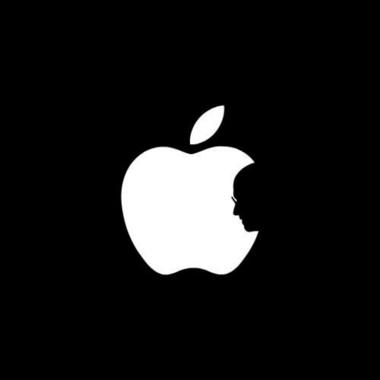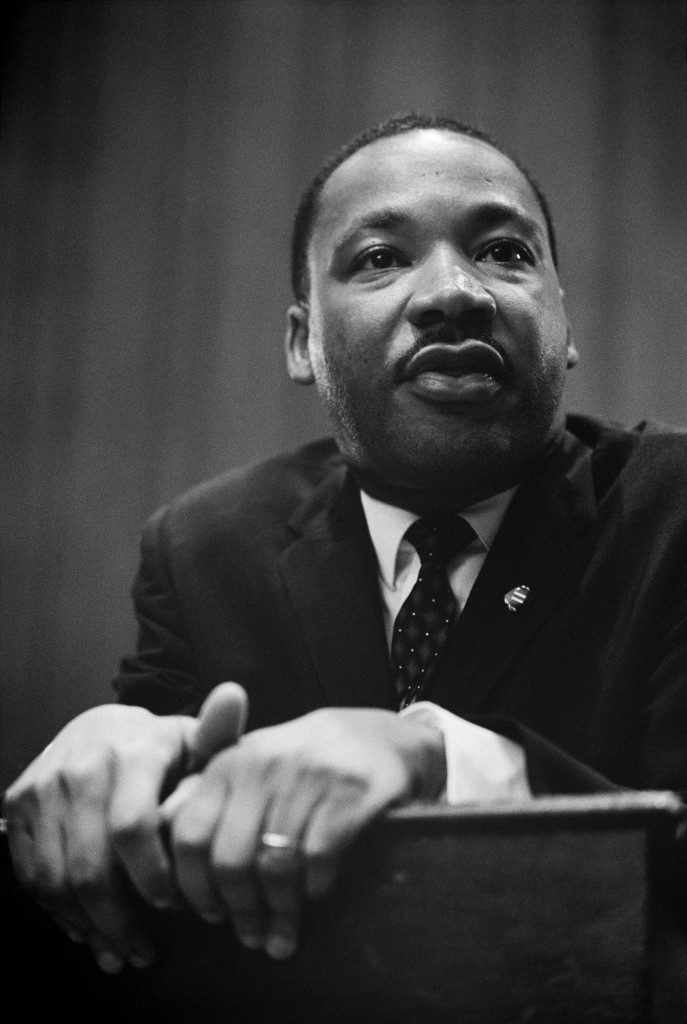I wish there was something in between. But unfortunately there isn’t. Tell me this hasn’t happened to you before! You are in a meeting probably discussing your competitor’s latest move. Or aligning on corporate brand values with the C-suite. Or my personal favorite, reviewing priorities for the upcoming quarter. One common thread to them all. The outcomes are rarely ever reductive! Like never! Instead you end up with a ballooning list of actions. In the year 1400 the word priority was always used in a singular context and continued to be so for the next 500 years. It was only in the 1900s that the word priority took on a plural meaning. As humans we have this innate desire for more. Over the past 25 years our hyper-connectedness is only amplifying this desire and making us dumber in the process. We are so connected that being offline for even an instant is like gasping for air. Trendwatching.com coined the phrase “Online Oxygen” for this phenomenon. So what’s going on? The speed and ease with which we can get so much done using technology today is fueling this desire for more. It’s driving us to believe that we can do everything. This mindset is trickling into everything we do. We have simply stopped thinking. Unfortunately the same technology that is empowering us is also the culprit. On average a person looks at their mobile phone 46 times a day. (Some studies state this number to be as high as 110 depending on the age group). Add to this the total time of about five hours browsing and using apps and we have spent a significant part of our productive time on our mobile phone. The constant distractions not only interrupt meetings, something we have experienced all too often, but the time we need to allocate to focused work. Thus keeping us from reaching that state of ‘flow’, as described by Mihály Csíkszentmihályi, to be at our productive best. The result – we are busier than ever, doing more and more, but compromising on our effectiveness in a big way. In fact being ultra busy has become something to celebrate. Corporate cultures thrive on having a crazy schedule. It’s a bragging right for some, to the point that work overpowers our personal life, impacting the quality of time spent outside of work. The need to respond to that email almost instantly is killing us, literally. As a result our minds rarely shut off. Our sleep is affected both in terms of quality and quantity. We sleep way less than we need to and feel proud doing so. “Sleep is for suckers, lunch is for losers” is what they say! How bad is this for us? For perspective sleeping for about four to five hours a night for as long as a week is like having a blood alcohol level of 0.1% which is being legally drunk! How productive is a drunk person? Is that really even a question!?
There is a way out. Multi-tasking is a myth. Believing that you can go through all your news feeds, answer all your emails and still have time to focus on that all important project before you can make it home in time for dinner is an illusion. Pursuing every project in a quarter is a recipe for disaster. No organization in the world has unlimited time or resources to accomplish everything. There is no strategy without a trade-off. Michael Porter describes strategy as process of making choices – choosing something over something else. There is ALWAYS a trade-off! This for us as humans is the pain point. Choosing between two things when we want both is hard…very hard! This ability to choose, make trade-offs is the discerning factor between losers and leaders. More so for people placed in positions of leadership, giving in to these temptations to pursue everything and failing to make the necessary trade-offs can compromise the entire team, leading everyone down a spiral of destruction – both personal and professional.
One common decision point when leaders get it wrong is prioritizing corporate values. How many times have you come across an organization’s corporate values? Do you remember any? Probably not because the list was too long! Way too long! How is one supposed to remember eight values let alone live by them! Even prioritizing stakeholders can be a daunting task. Who gets priority when the interests of customers, employees and shareholders all need to be managed? In most cases they need to be managed equally, you hear them say. Is that even possible? How do you make a decision when push comes to shove? The real test of corporate values is at a time of crisis – probably holds true for individuals as well. Take the case of Johnson & Johnson. The year is 1982. 7 people have died from their leading drug Tylenol – a household name for everyone here in the US. They have 37% of the market share and it is their most profitable product. How did J&J handle this? Someone had tampered with the product by adding cyanide to the capsules and placed them back to the shelves. An isolated case that occurred out of their factory. A total recall was going to cost the company $100 million. From a shareholder perspective that’s a sheer waste of money. But from a customer’s perspective it’s at least one more life saved. What did J&J do? They had a clear credo – customers first, shareholders last and so they went for the recall! That’s a trade-off! They made their choice in line with what they believed. That’s leadership.
The way prioritizing values can guide action at a time of crisis, an organization can also make conscious trade-offs to really define what it needs to do and what it should NOT do. If you could go back in time to invest $1 in every company in the S&P 500 for the next 30 years could you have guessed which company would have given you the highest return. The result is a company in one of the most volatile industries in the world – Southwest Airlines. Southwest is a name that keeps popping up as a success story pretty much across every aspect of business. Their core differentiator being their approach to cherry pick the most crucial elements of the airline experience in order to keep costs as low as profitably possible. What did they do? Choose to fly to a select list of destinations, offer no in-flight meals, fly all coach with no assigned seating. These seemingly mundane simplifications were laughed upon at the time of launch but eventually became the envy of the industry as Southwest became a case study of success. What makes their strategy even more interesting is seeing what competitors did to copy their model. Unlike Southwest which created their entire business model around their chosen airline experience Continental for example went for a straddled strategy. A term used in the business world when a competitor does something really well, their strategy is blindly imitated without the necessary trade-offs. Déjà vu for many I’m sure! The keyword again is trade-off! Continental stuck to their traditional model and complemented it with Continental Lite in order to compete with Southwest. The net result was nothing short of a disaster with compounded costs and an organization spread out too thin, failing to deliver excellence on either aspects of their business. That’s not what leaders do. They make the hard choices. They embrace trade-offs. This is what Herb Kelleher did at Southwest. And he is not the only one!
To be able to recreate what Herb Kelleher did the same core principles of reductionism, or as Greg McKeown calls it – Essentialism, need to be embraced. There is a process to this madness no doubt. From Bill Gates to Sir Isaac Newton. There is a recurring pattern. And that is to cut-off. To break away. To pause and disconnect. To do so in a disciplined way. Bill Gates for example set aside two weeks in a year throughout his time at Microsoft and beyond to seclude himself while he immersed in reading and thinking about the big trends defining the industry and what he needs to do going forward. Frank O’Brien, founder of one of America’s fastest growing private companies according to Inc. has made it a practice to make the first Monday of every month a day when he gathers all fifty members of his company to just think and talk. No emails. No calls. No agenda. To the point that even clients know it as “Do-not-call-Monday”. This discipline to pull the team from the day-to-day rut and focus on things that really mattered is crucial he believes to truly innovate and grow. It is contrary to the hyper-busy culture so prevalent in many large organizations, to the point that HR is tracking activity by the hour to ensure employees are well engaged (read as busy to the core with no idle time). One the other end successful organizations have embraced idleness and play as part of their culture. From Google’s famous nap pods that allow their employees to slow down and re-energize to Stanford’s “Booth Noir” designed as a place for seclusion and thinking. There is ample proof of this approach everywhere. That’s the cornerstone of leaders, not losers! To resist the temptation to pursue everything. To make the painful choices and foster an environment where each member of their team can do the same, and as a result be truly effective across every aspect of their life.




